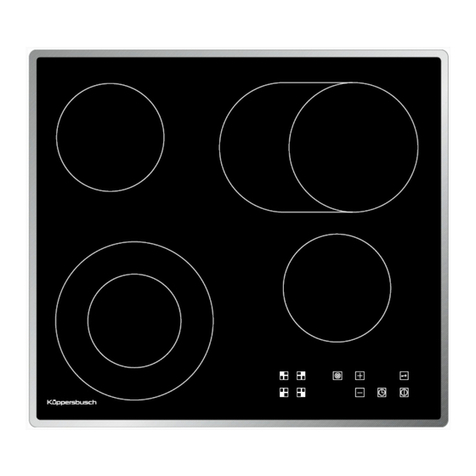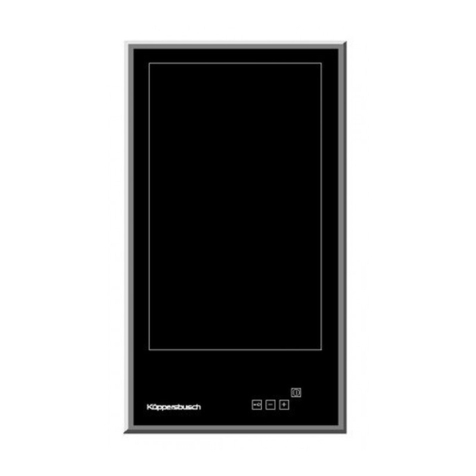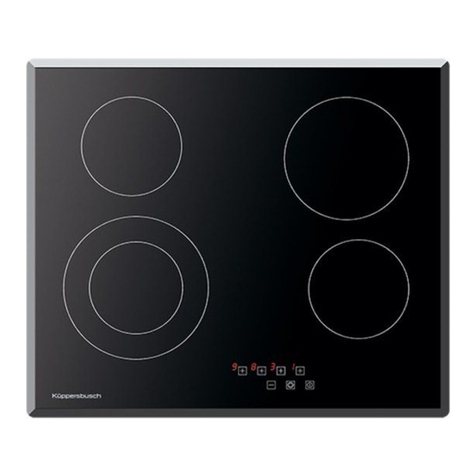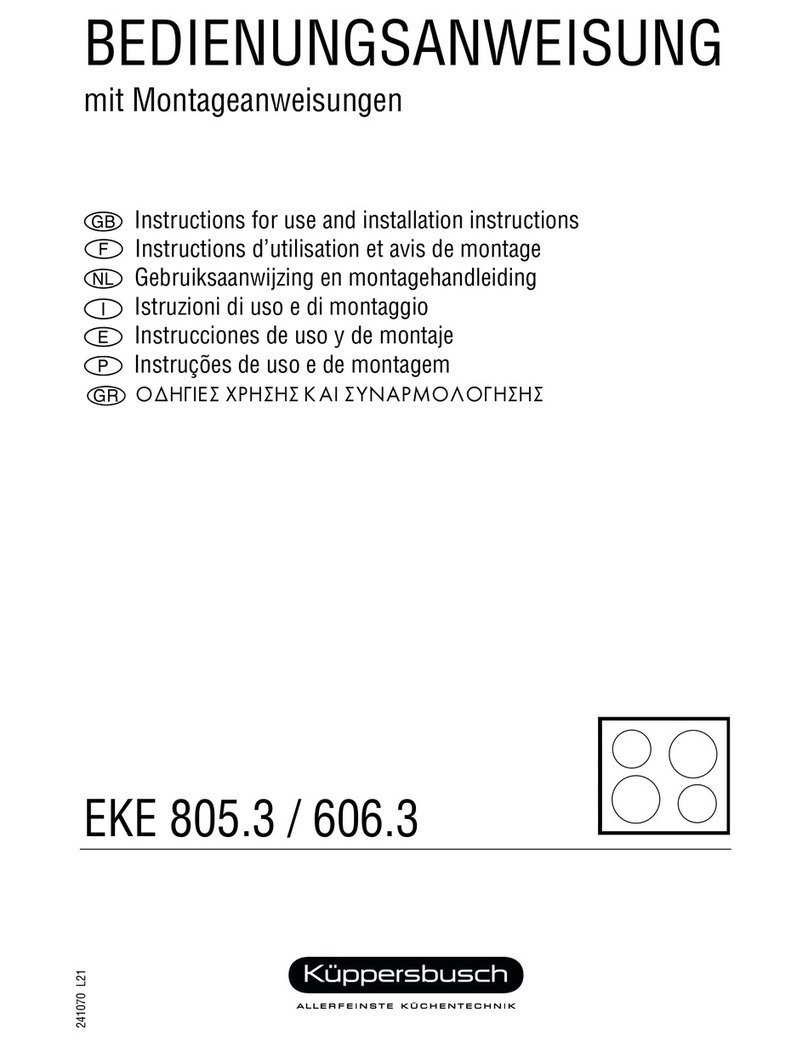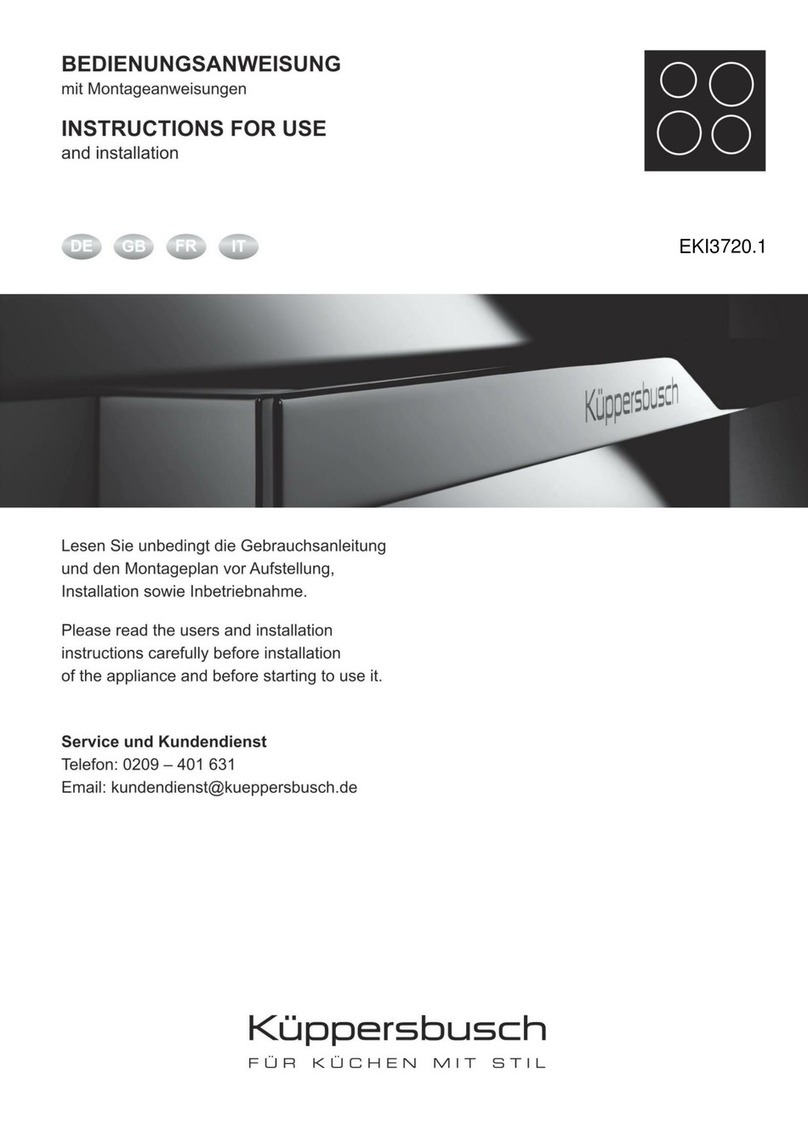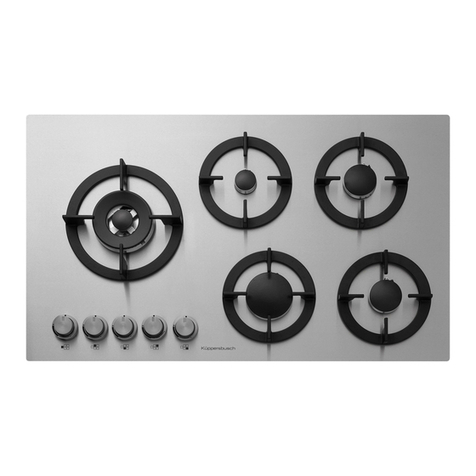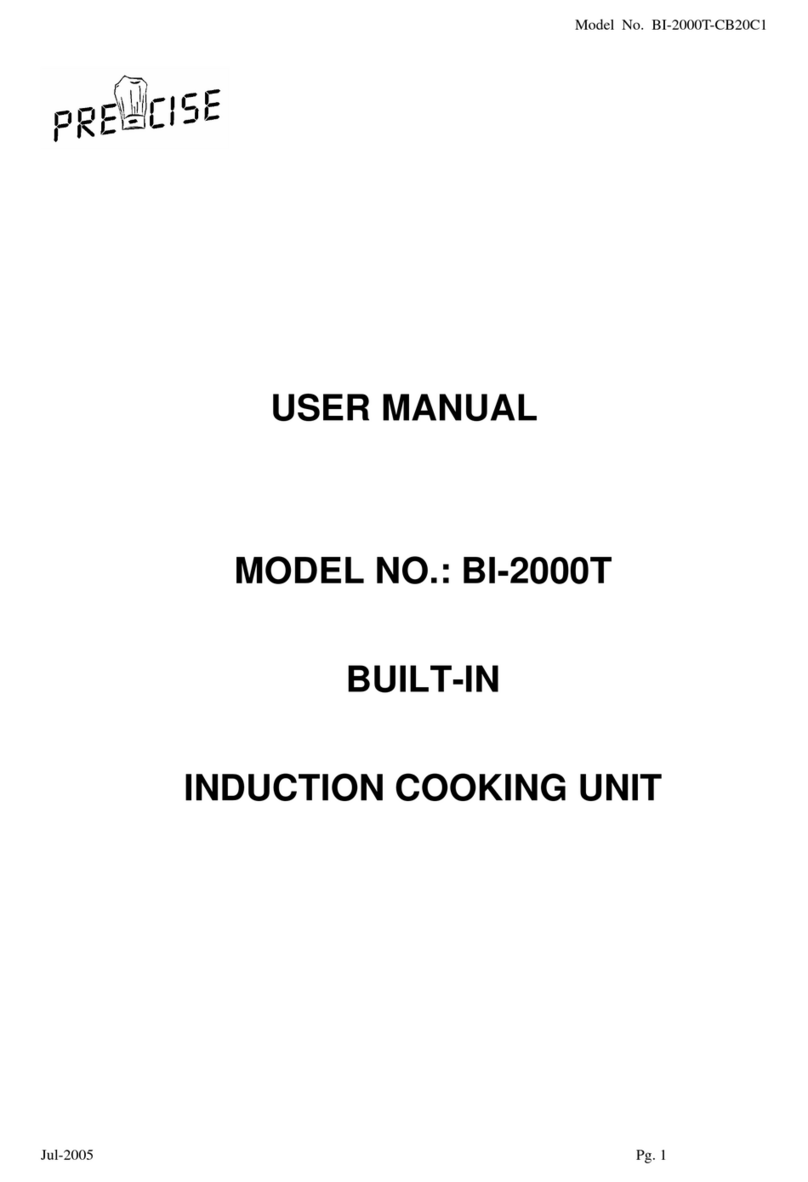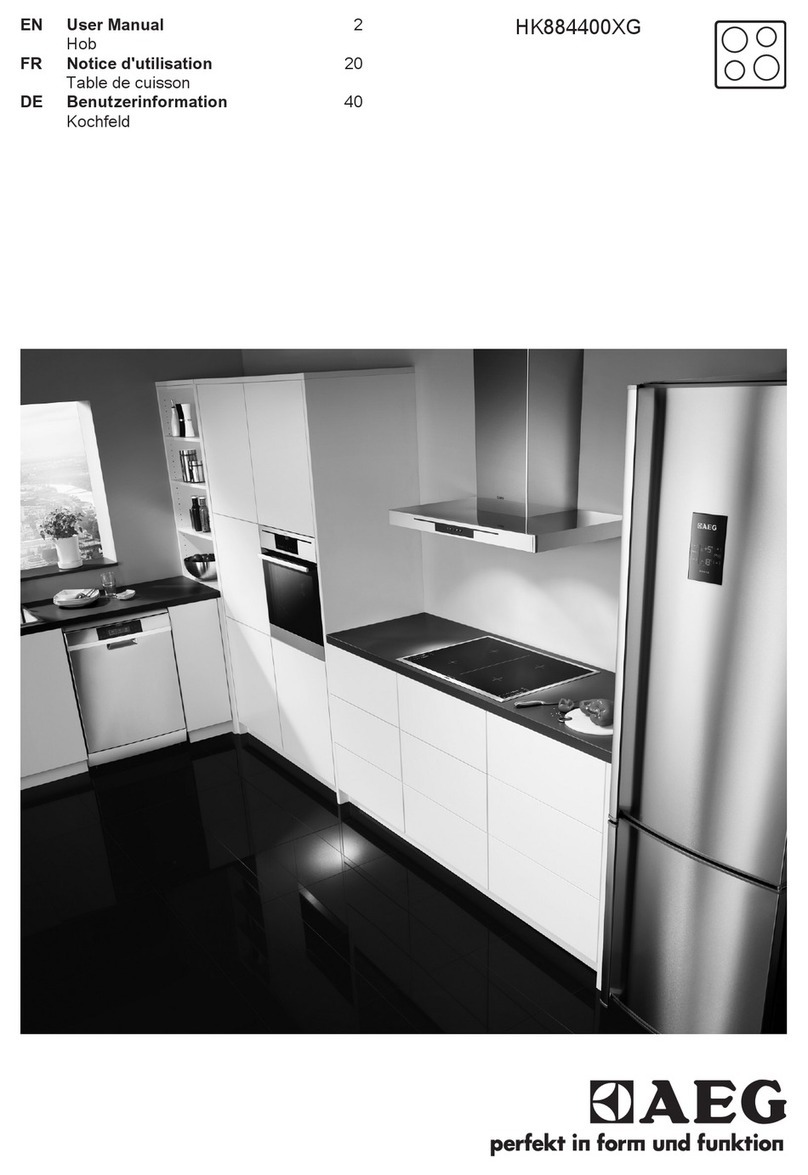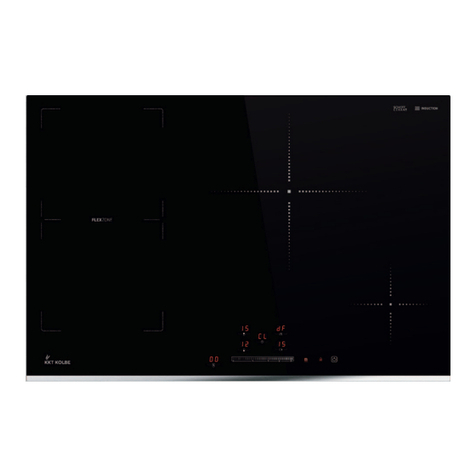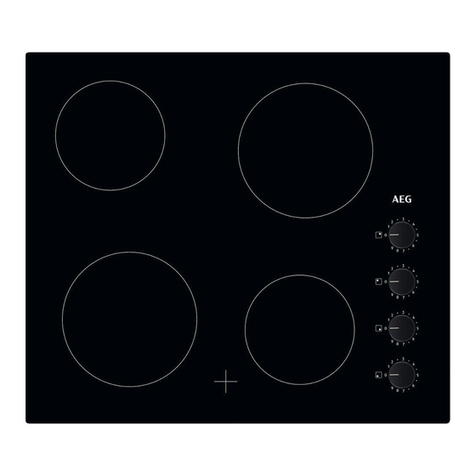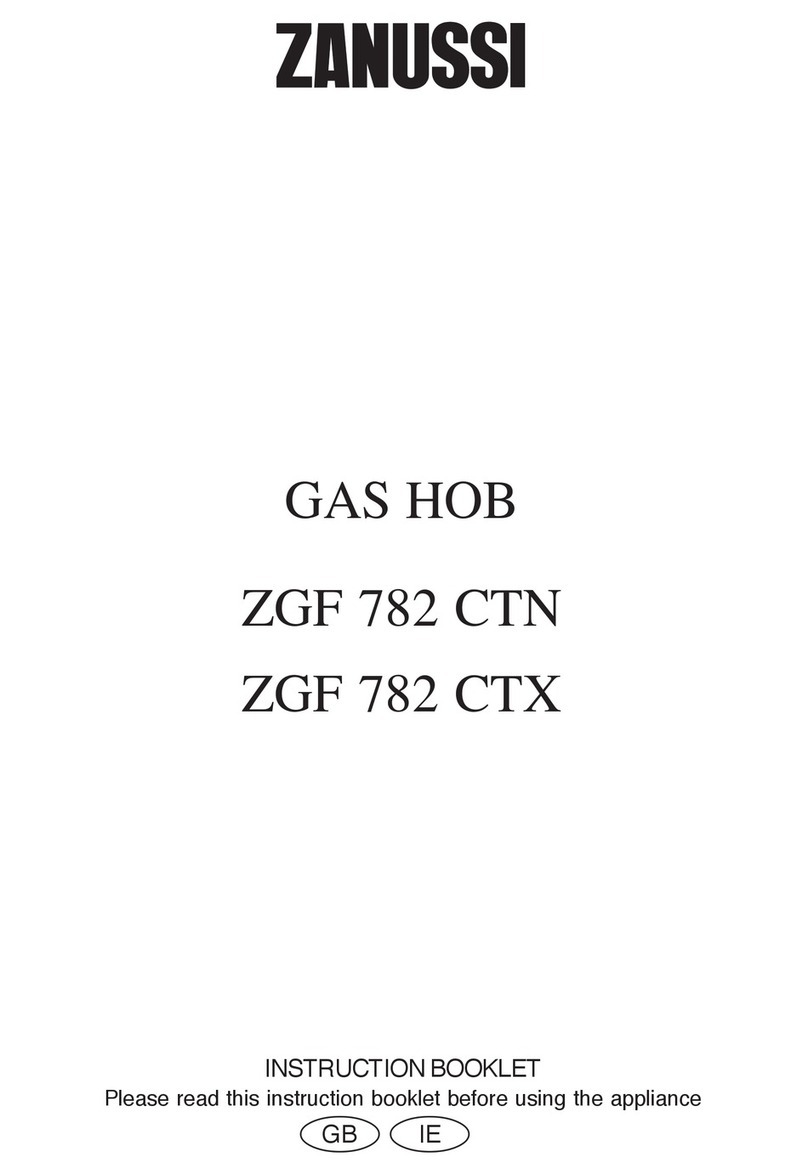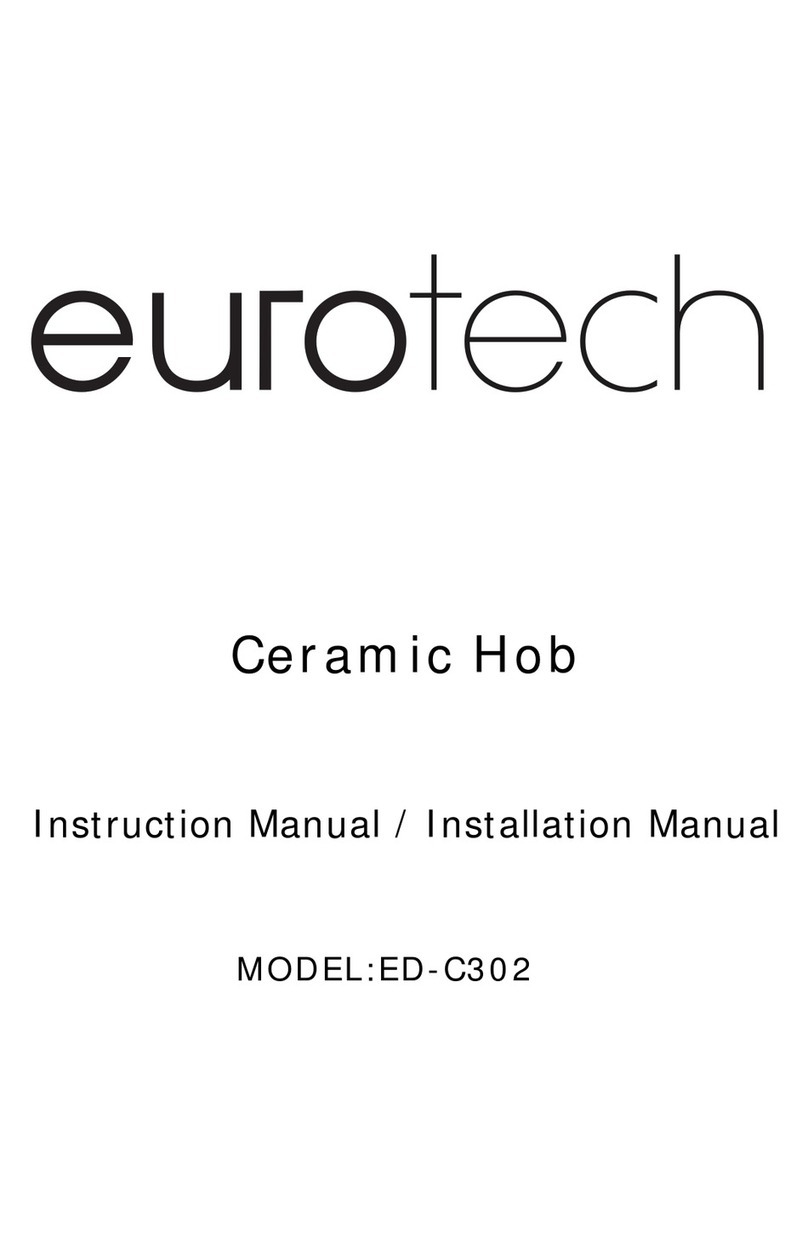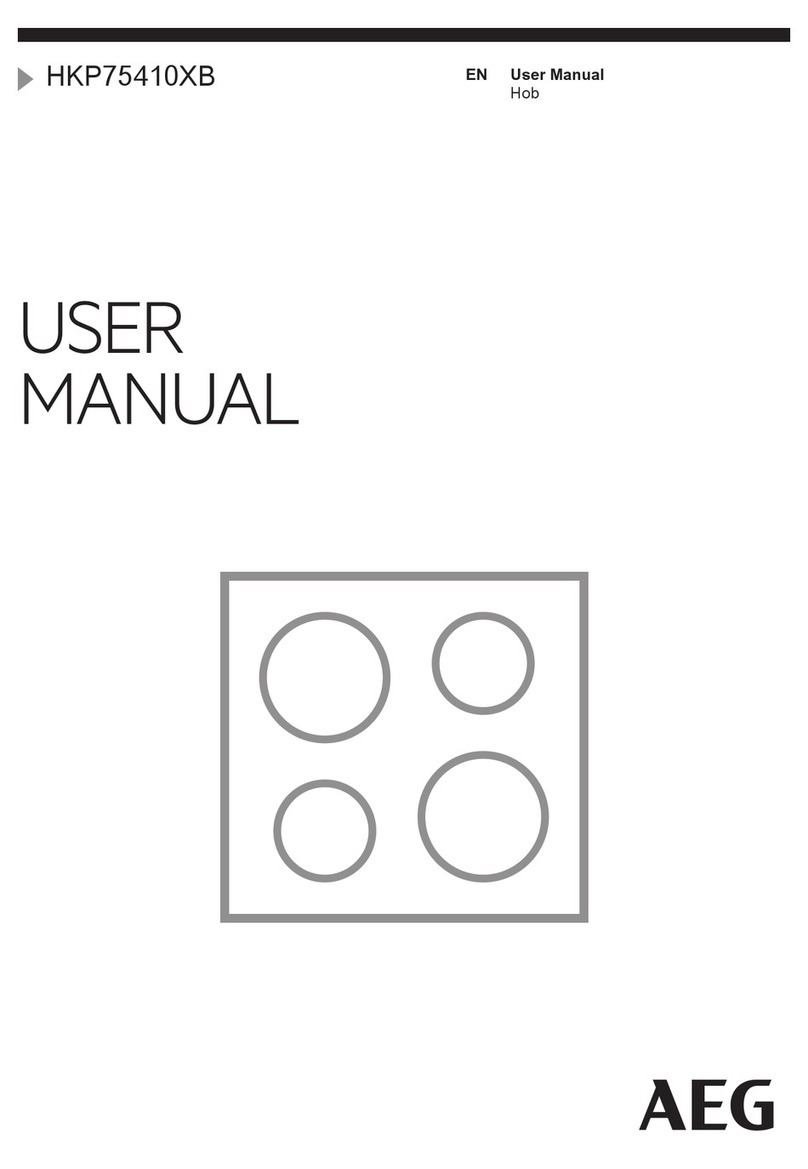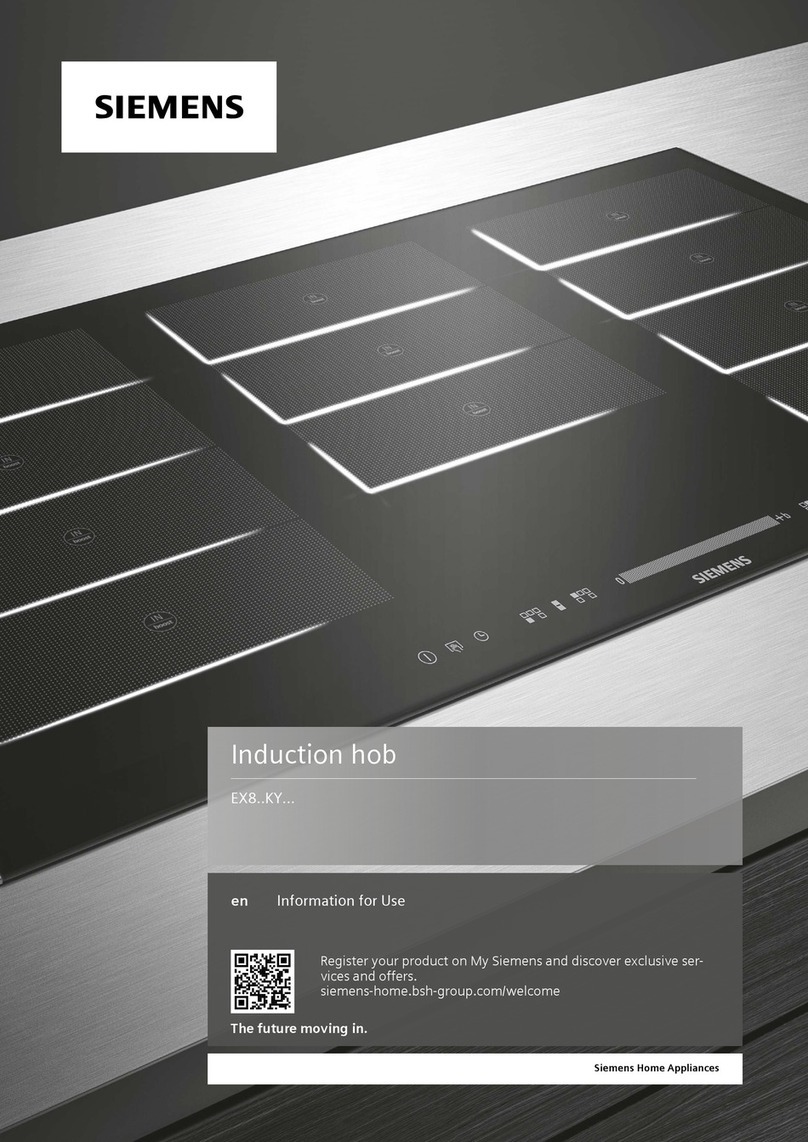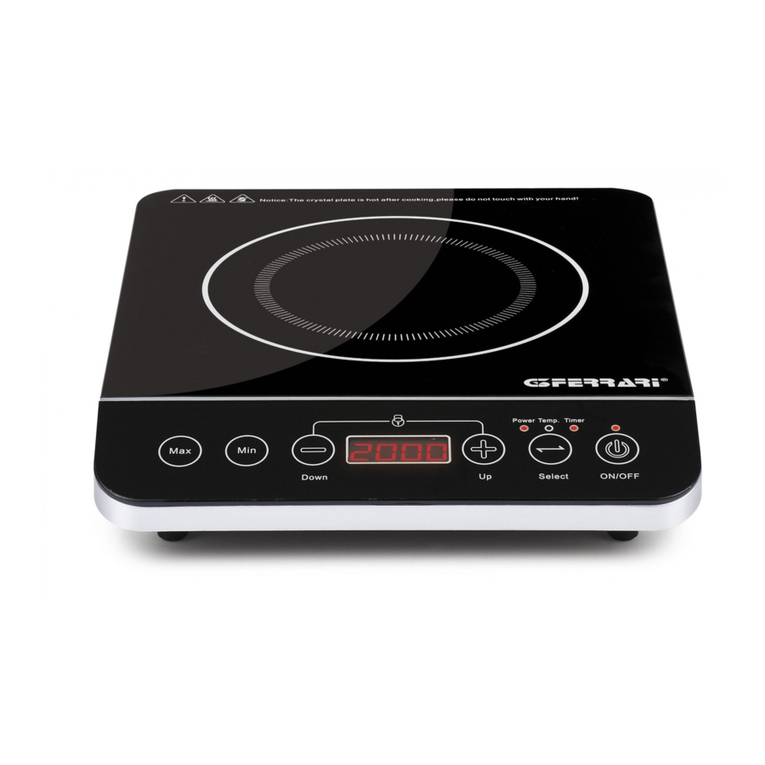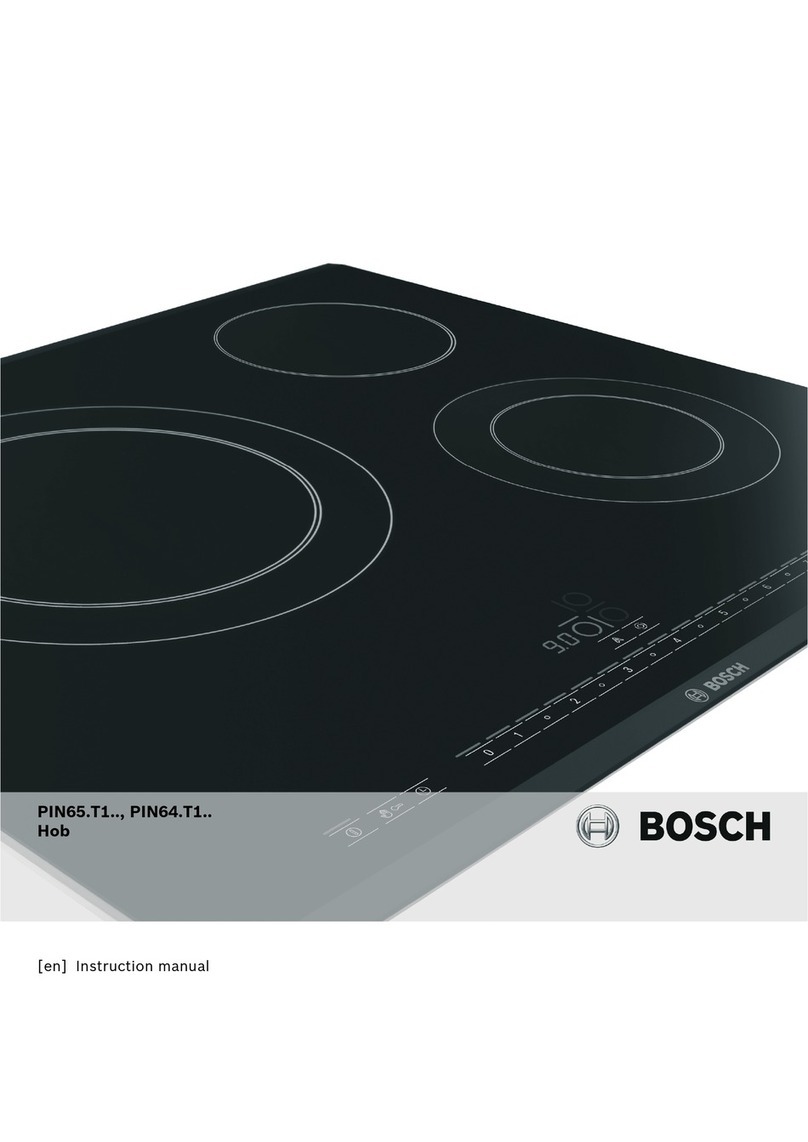GCM 642.1 21
Assembly and
installation
Safety instructions
■ Attention! The gas category permitted for the connection of the appliances
can differ from region to region. In case of doubt enquire at your local gas
board to find out which categories of gas come into question.
Check whether the data on the rating label are in accordance with the local
connection conditions (type of gas and gas pressure) and with the appliance
setting. If there are any discrepancies the appliance must be converted
accordingly!
■ If the appliance is connected up to the gas mains, particular attention must
be paid to the relevant regulations and guidelines laid down by the
associations in the country where the appliance is being operated. These
are for example:
DVGW-TRGI 1986/96: Technical regulations for gas installation (Germany)
TRF 1996: Technical regulations for liquefied petroleum gas (Germany)
ÖVGW-TRGI and TRG 2 Part 1: Technical regulations (Austria)
SVGW-Guidelines for gas G1: Gas installation (Switzerland)
EKAS-Guideline N. 1941/2: Liquefied petroleum gas, Part 2 (Switzerland)
Regulations of the local gas utilities and authorities (e.g. for fire protection)
are also to be observed.
■ Statutory regulations and the connection specifications issued by the local
power supply company must be strictly observed.
■ The appliance should only be connected and put into operation by a
qualified gas fitter who should also be the only person to carry out any work
such as maintenance and repair or adjustment and conversion. The legally
recognised regulations and the conditions for connection laid down by the
local gas board should be observed in all details.
■ Work which has been improperly carried out endangers the safety of the
user!
■ This appliance should not be connected to a pipe for extracting combustion
products. It must be installed and connected in accordance with the
applicable conditions of installation.
■ Particular attention should be paid to sufficient ventilation measures.
■ If the connection plug should not be accessible, protect the appliance by
line-protecting switches, fuses or contactors whose contact opening has a
width of at least 3 mm.
■ When the appliance is being connected up and when repair work is being
carried out on it, the appliance should be disconnected from the electricity
supply using one of these devices. Always ensure to disconnect the
appliance from the energy supply when repairs are being carried out on
facilities for directing the flow of gas.
■ When the appliance has been built in it should not be possible to come into
contact with parts that are under electric current.
■ The earth wire must be so long that if the mains lead cleat fails, the live
wires of the connecting cable are subjected to tension before the earth wire.
■ The openings to allow the extraction of fumes must not be covered over.
■ When converting from natural gas to liquefied petroleum gas, it is always
necessary to change the injectors of the cooker zone jets. This also applies
if the reverse is the case. This conversion should only be carried out by a
qualified gas fitter.
■ No changes may be made to the appliance unless with the express approval
of the manufacturer.
Conditions for building in the appliance
The installation space must have a volume of at least 20 m3and it must be
possible to ventilate the area by a window or a door opening out into the fresh
air.
The hob is built into a worktop opening, which must be cut in accordance with
the dimensions specified below. If the depth of the worktop is 600 mm the
worktop opening will produce an edge of 55 mm at the front and the back.
If the worktop is deeper, the edge at the back will be wider.
The installation height of the appliance is 85 mm. The intermediate walls must
be shortened accordingly.
Additional space for the gas connection is required below the hob.
The wall connection strip should be made of heat-resistant material and must
not be provided with sockets in the area around the hob. We recommend
using a support strip made of plastic and a covering strip made of aluminium.
The lateral part on the worktop must not be longer than 30 mm.
As regards the protection of surrounding surfaces against overheating, the
appliance is an appliance of type Y in accordance with VDE 0700/6; IEC 335-
2-6. If one-sided furniture (e.g. mounted cupboards) is mounted, please
observe a minimum distance of 60 mm to the hob frame counting from the
worktop. The other sides may only be in contact with furniture with the same
height as the appliance.
The wall above the wall connection strip in the area around the appliance must
be made of non-inflammable material. Wood, plastic, PVC foil etc. do not meet
this requirement.
Under normal operating conditions heat with a temperature of 65 °C above
room temperature can radiate onto the surrounding furniture. The furniture
parts must at least conform to this requirement.
The plastic finish, or the veneer of built-in kitchen furniture must be have been
produced using a heat-resistant adhesive (100 °C).
If cooker hoods are mounted above the hob, please observe a minimum
distance of 650 mm. Please take note of the instructions of the respective
manufacturer of the cooker hood.
Gas connection
When the appliance is fitted and installed, particular attention must be paid to
the relevant regulations and guidelines.
DVGW-TRGI 1986/96: Technical regulations for gas installation (Germany)
TRF 1996: Technical regulations for liquefied petroleum gas (Germany)
ÖVGW-TRGI and TRG 2 Part 1: Technical regulations (Austria)
SVGW-Guidelines for gas G1: Gas installation (Switzerland)
EKAS-Guideline N. 1941/2: Liquefied petroleum gas, Part 2 (Switzerland)
First check whether you have the right type of gas and the right gas supply
pressure. You will find the details of the gas supply pressure under the heading
“Technical data”.
The stick-on label (which is located on the cover plate of the control element)
indicates what type of gas the built-in hob has been set to run on.
It is possible to convert to another type of gas; this is explained in these
operating and installation instructions under “Converting to a different type of
gas”.













